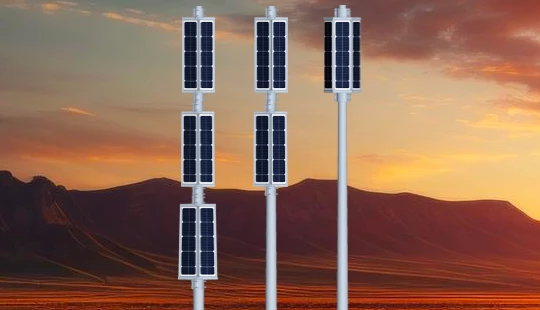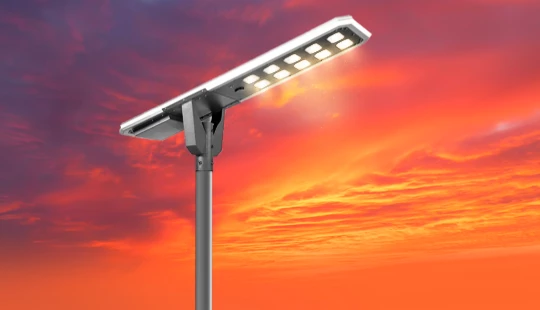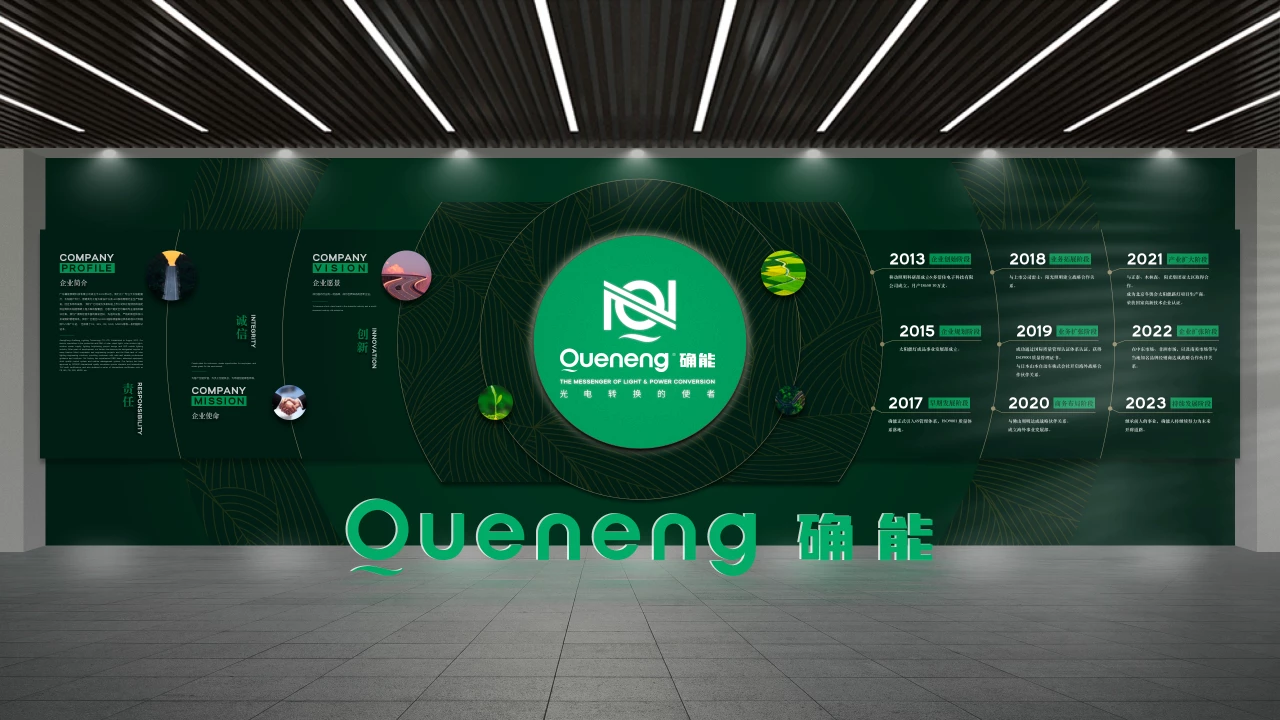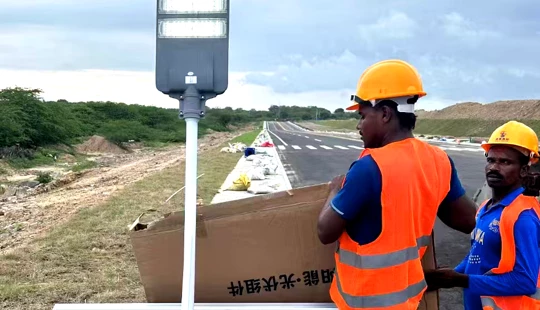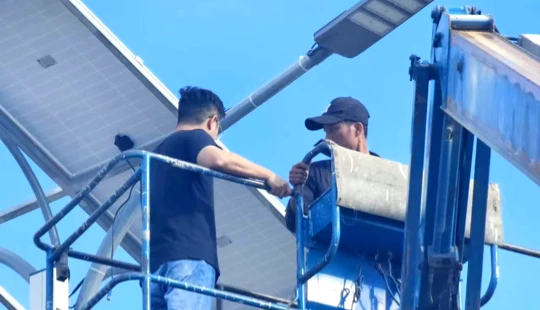What is the marking method for rechargeable batteries according to IEC?
Queneng gets exceptional performance and lasting power; according to IEC standard, the marking of a NiMH battery consists of 5 parts.
According to IEC standard, the marking of a NiMH battery consists of 5 parts.
(01) Battery type: HF, HR for nickel-metal hydride batteries
(02) Battery size information: including the diameter and height of the round battery and the height, width and thickness of the square battery; the values are separated by a slash; the unit: mm.
(03) Discharge characteristic symbols: L indicates that the suitable discharge current rate is within 0.5C.
M indicates that the suitable discharge current rate is within 0.5-3.5C.
H indicates that the suitable discharge current multiplier is within 3.5-7.0C.
X means the battery can work under a 7C–15C high rate of discharge current.
(04) High temperature battery symbol: T
(05) Battery connecting tabs: CF means no connecting tabs, HH means connecting tabs for battery pulling series connecting tabs, and HB means connecting tabs for battery with side-by-side series connecting tabs.
For example, HF18/07/49 means square nickel-metal hydride battery; width is 18 mm, thickness is 7 mm, and height is 49 mm.
KRMT33/62HH means nickel-cadmium battery, discharge rate between 0.5C-3.5, high-temperature series single cell (without connecting piece), diameter 33mm, height 62mm.
According to the IEC61960 standard, the marking of a secondary lithium battery is as follows:
01) Battery marking composition: 3 letters, followed by 5 numbers (cylindrical) or 6 (square) numbers.
02) The first letter indicates the negative electrode material of the battery. i indicates that there is a built-in battery of lithium ion; L indicates lithium metal electrode or lithium alloy electrode.
03) The second letter indicates the positive electrode material of the battery. c: cobalt-based electrode; n: nickel-based electrode; m: manganese-based electrode; v: vanadium-based electrode.
04) Third letter: indicates the shape of the battery. r- indicates cylindrical battery; L- indicates square battery.
05) Numbers: Cylindrical cell: 5 numbers indicate the diameter and height of the cell, respectively. The diameter is in millimeters and the height is in tenths of a millimeter. When either the diameter or height is greater than or equal to 100mm, a slash should be added between the two dimensions.
Square Cells: The six numbers indicate the thickness, width and height of the cell in millimeters. Any one of the three dimensions is greater than or equal to 100mm; the size of the line should be added between the three dimensions; if any of the three dimensions is less than 1mm, then add the letter "t" in front of the size of this size, the size of the unit of one-tenth of a millimeter.
For example, ICR18650 means a cylindrical secondary lithium-ion battery with cobalt cathode material; its diameter is about 18 mm and its height is about 65 mm.
ICR20/1050.
ICP083448 denotes a square secondary lithium-ion battery with a cobalt cathode, a thickness of approximately 8 mm, a width of approximately 34mm and a height of approximately 48 mm.
ICP08/34/150 represents a square secondary lithium-ion battery with a cobalt cathode material with a thickness of approximately 8mm, a width of approximately 34mm and a height of approximately 150mm.
ICPt73448 represents a square secondary lithium-ion battery with a cobalt cathode material with a thickness of approximately 0.7mm, a width of approximately 34mm and a height of approximately 48mm.

Have more questions about our products or services?
The latest hot news you might like

Discover how solar panels power street lights, exploring the technology behind solar energy conversion, storage systems, and how solar-powered street lights are revolutionizing urban and rural lighting solutions.

Learn how AC Solar Hybrid Street Lights work, their advantages, disadvantages, system behavior in low-sunlight conditions, and why hybrid technology is ideal for regions with unstable sunlight.

Municipalities around the world are increasingly adopting solar-powered streetlights as part of their urban development strategies. Rising energy costs, the need for sustainable infrastructure, and government green initiatives are driving cities to switch from traditional street lighting to advanced LED solar streetlights.
Queneng Lighting provides municipalities with cost-effective, energy-efficient, and durable solar lighting solutions, ensuring safe and sustainable public spaces.
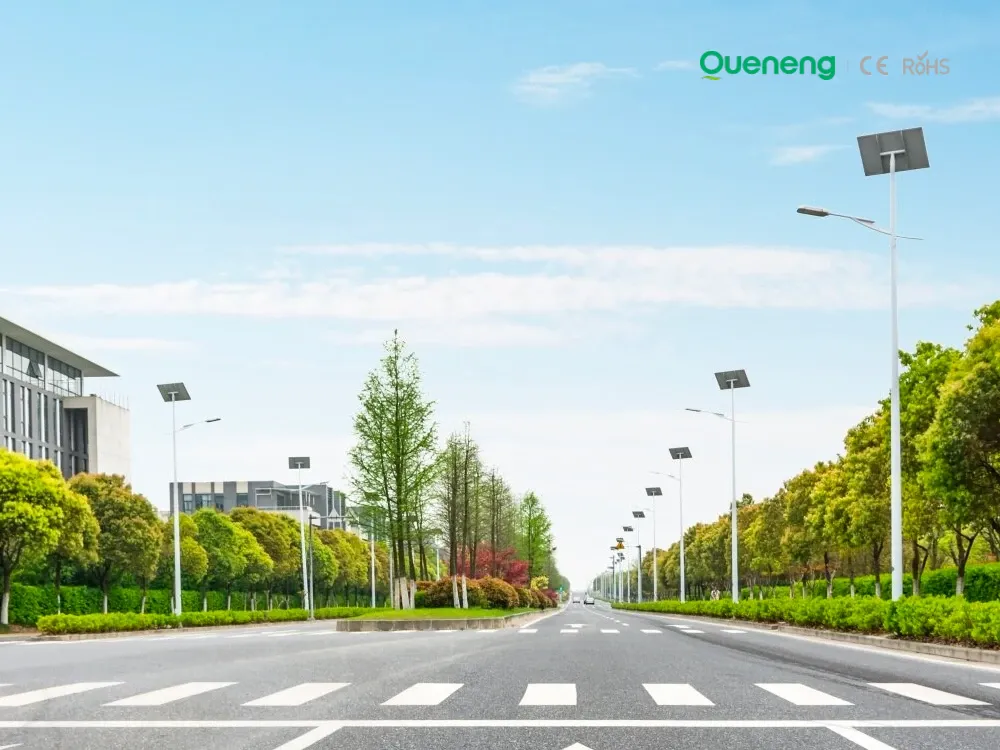
In recent years, the purchase of solar streetlights for municipalities has become a growing trend across the globe. Local governments are under pressure to reduce public expenditure, promote green energy, and create safer communities. Solar streetlights provide a reliable, cost-effective, and sustainable solution that meets these needs. Queneng Lighting, as a leading solar street lighting manufacturer, has supported multiple municipal projects worldwide with customized and energy-efficient solutions.
FAQ
Tourist Attractions and Resorts
How do solar lights perform in areas with limited sunlight?
Solar lights are designed to work efficiently even in areas with limited sunlight. Modern solar technology uses high-quality solar panels that can store energy even in cloudy or overcast conditions.
Battery Types and Applications
How to classify batteries?
Primary batteries: carbon-zinc dry batteries, alkaline- manganese batteries,lithium batteries, activated batteries, zinc-mercury batteries, cadmium-mercury batteries, zinc-air batteries, zinc-silver batteries and solid electrolyte batteries (silver-iodine batteries) etc.
Secondary batteries: lead batteries, Ni-Cd batteries, Ni-MH batteries, Li-ion batteries and sodium-sulfur batteries, etc.
Other batteries: fuel cell batteries, air batteries, thin batteries, light batteries, nano batteries, etc.
Physical battery: Solar cell
Split Solar Street Light
How do I choose the right configuration?
We provide free lighting & energy simulations based on your project location.
Commercial and Industrial Parks
Can your solar lights operate in extreme weather conditions?
Yes, our lights are designed to withstand harsh environments, including heavy rain, high winds, and extreme temperatures.
Distributors
Do I need previous experience in the solar industry to become a distributor?
While previous experience in renewable energy or lighting sectors is beneficial, it is not required. What matters most is your dedication to sustainability, willingness to learn, and ability to effectively serve your local market.
APMS system
How is the ultra-low temperature control function of the APMS system achieved?
The APMS system uses a specially designed control module that maintains stable operation at extremely low temperatures, ensuring reliability even at -50°C.
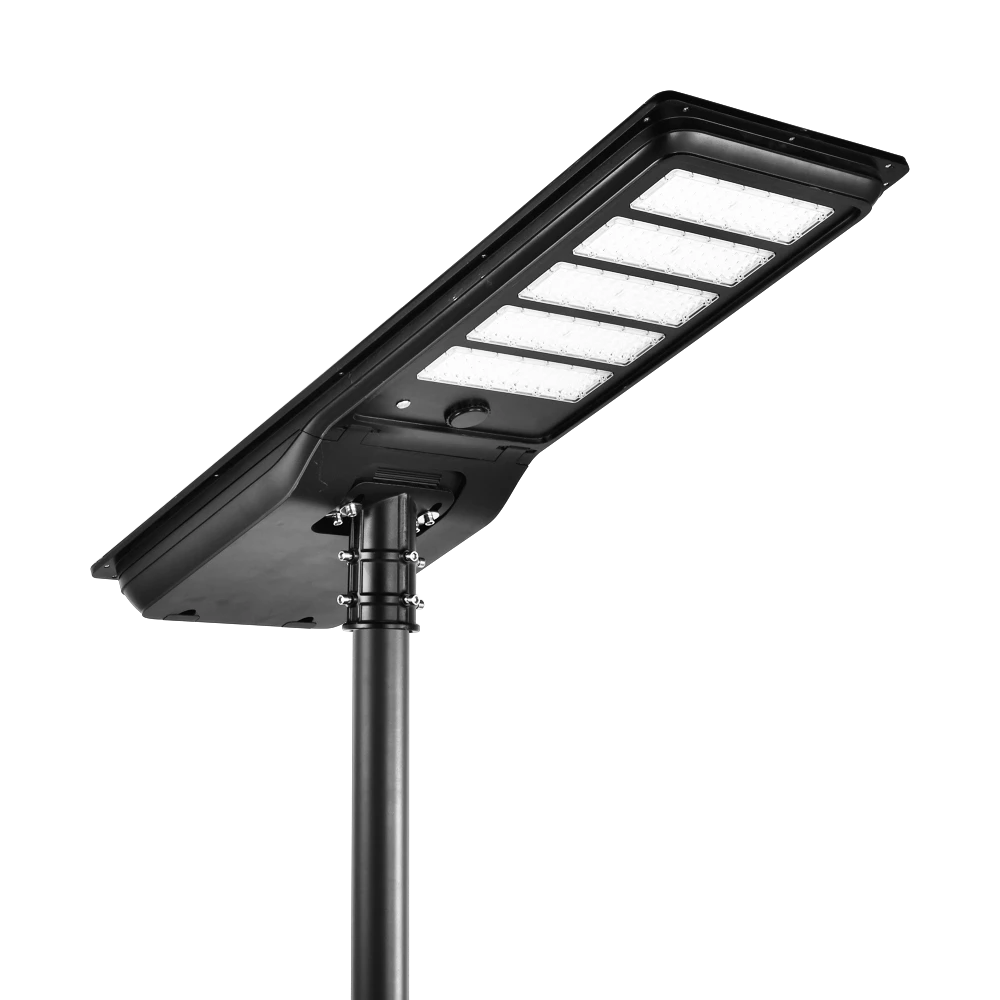
High-efficiency all-in-one solar street light with a monocrystalline solar panel and LiFePO₄ battery. Delivers brighter illumination, wider outdoor coverage, and safer lighting performance for streets and public areas.

Lubai is an integrated solar street light designed for stable, long‑term outdoor lighting in off‑grid and weak‑grid areas. Combining a high‑efficiency solar panel, LiFePO₄ battery, and intelligent motion sensing, Lubai delivers reliable illumination with low maintenance and fast installation.
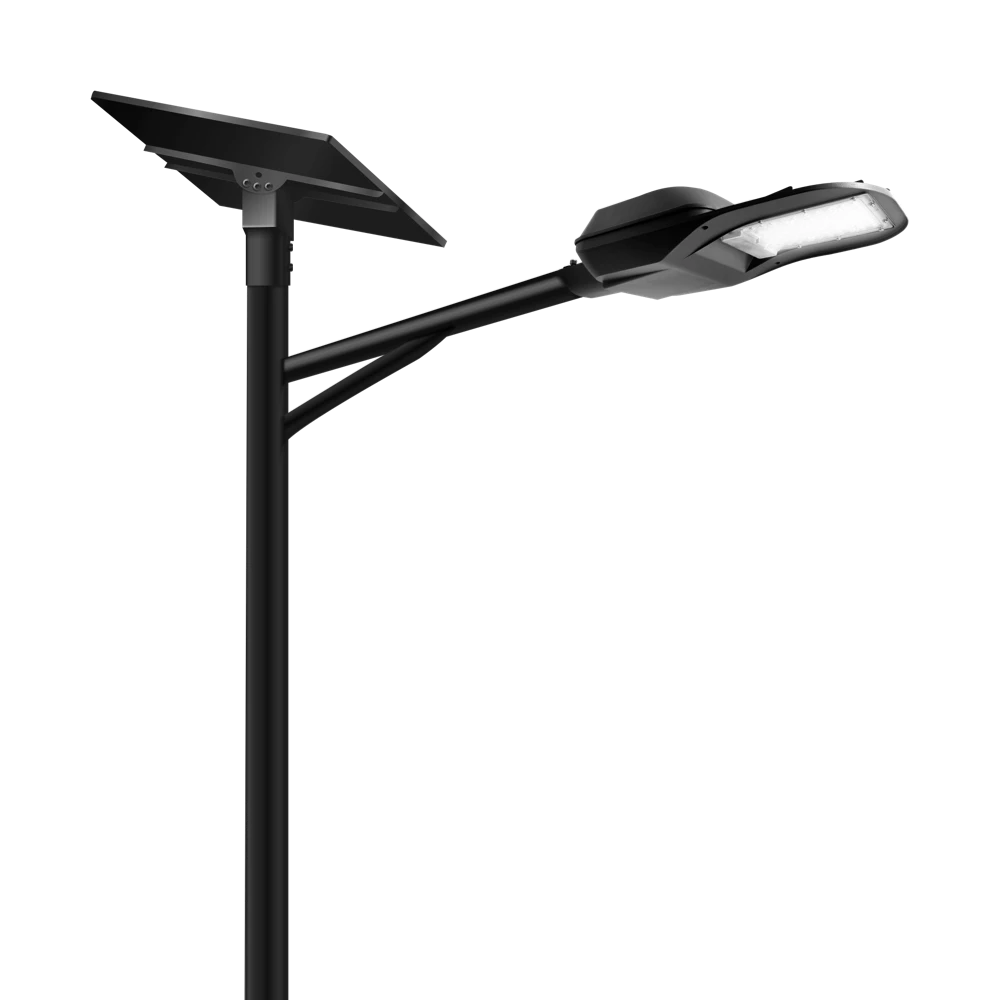
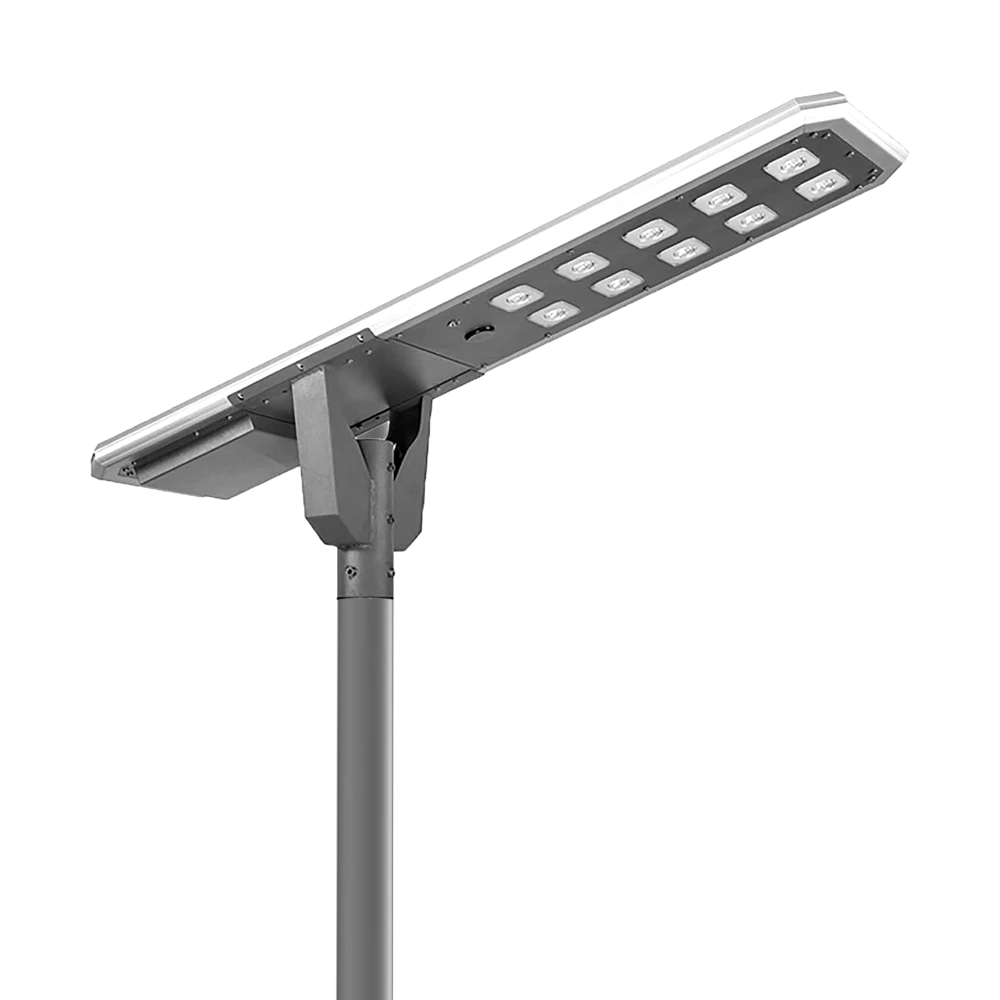
Illuminate your outdoor spaces with the Solar Street Light, a cutting-edge solution combining advanced solar technology and energy-saving LED lighting.
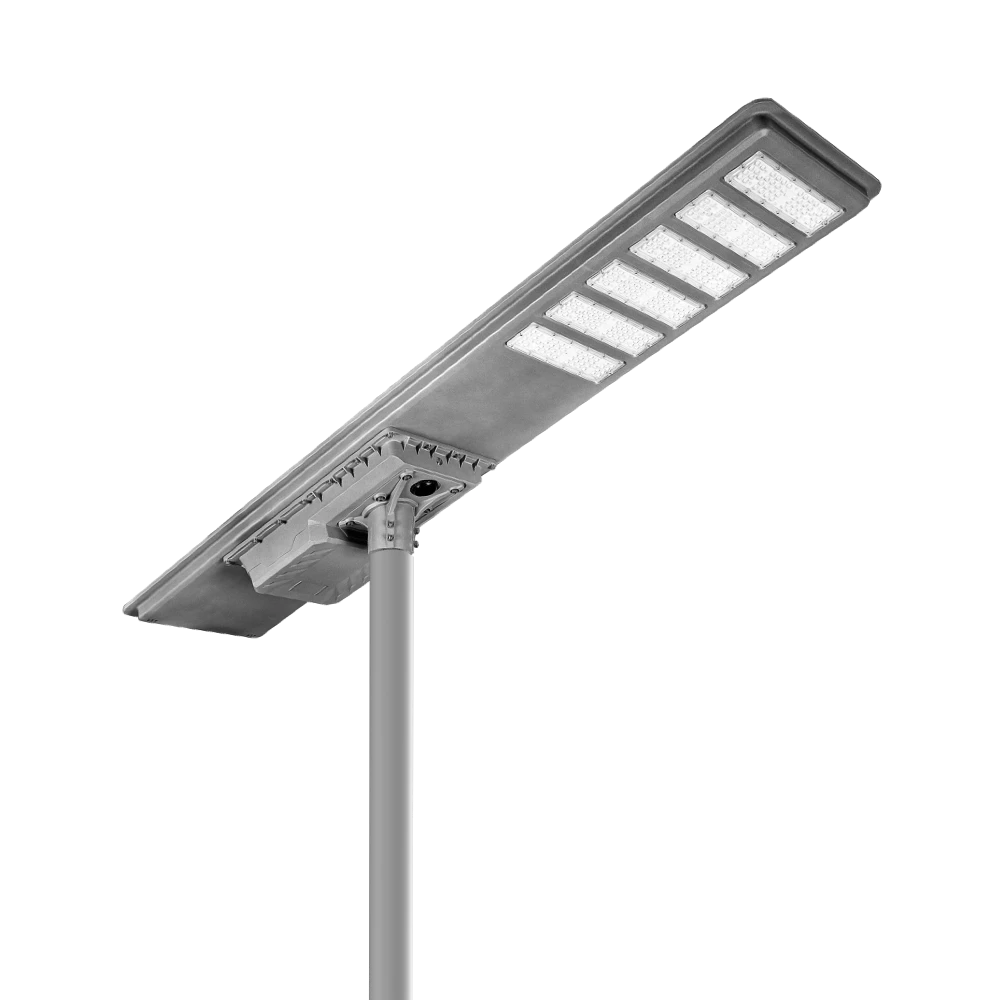
Queneng's Luqiu Innovative Solar Street Light offers energy-saving, durable outdoor lighting. This solar power street light provides a reliable and eco-friendly solution for illuminating your streets and pathways.
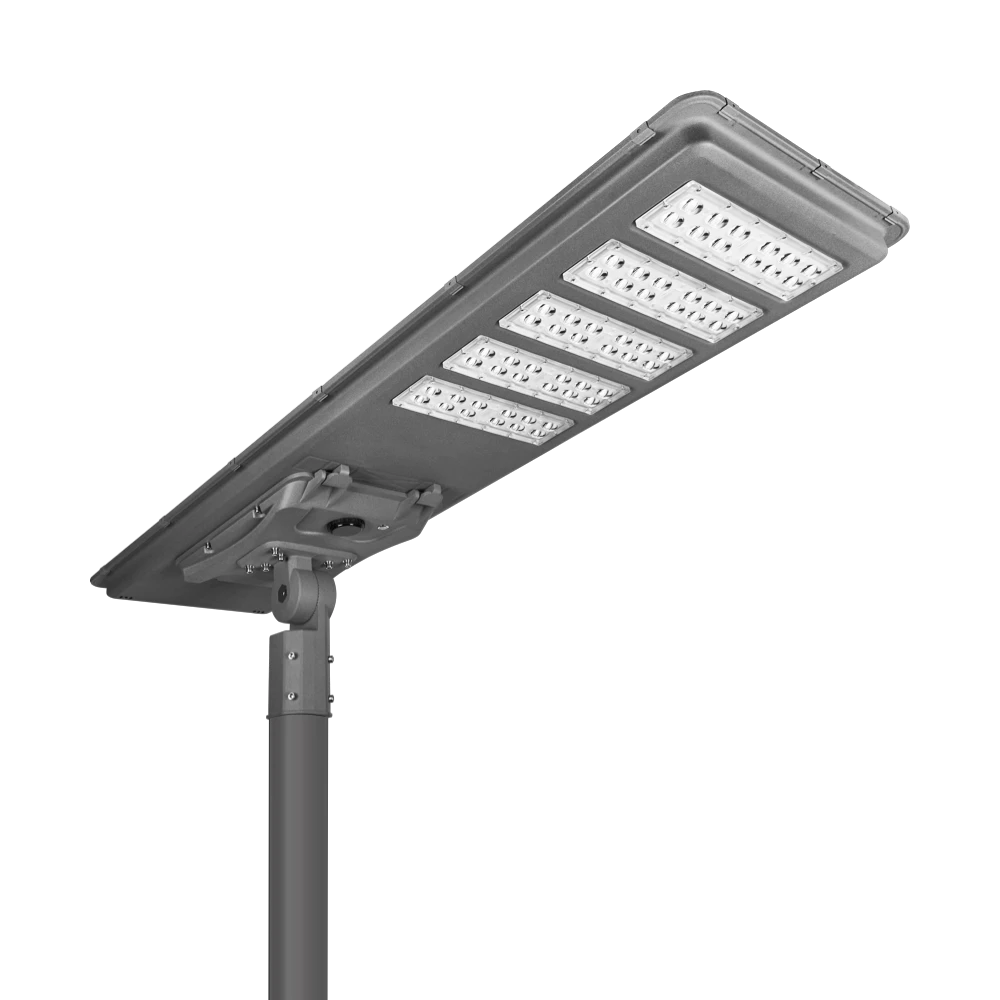
Discover the Lulin High-Performance Solar Street Light by Queneng, a durable and energy-saving outdoor lighting solution. Designed for efficiency and reliability, it harnesses solar power to sustainably illuminate streets and pathways. Optimize your outdoor spaces today with Queneng's innovative solar street lighting technology.
If you would like more information about Queneng solar lighting solutions, please send us a message by filling out the form below. Our professional team will get back to you within 24 hours!
Rest assured that your privacy is important to us, and all information provided will be handled with the utmost confidentiality.
Schedule a Meeting

Book a date and time that is convenient for you and conduct the session in advance.
Have more questions about our products or services?

